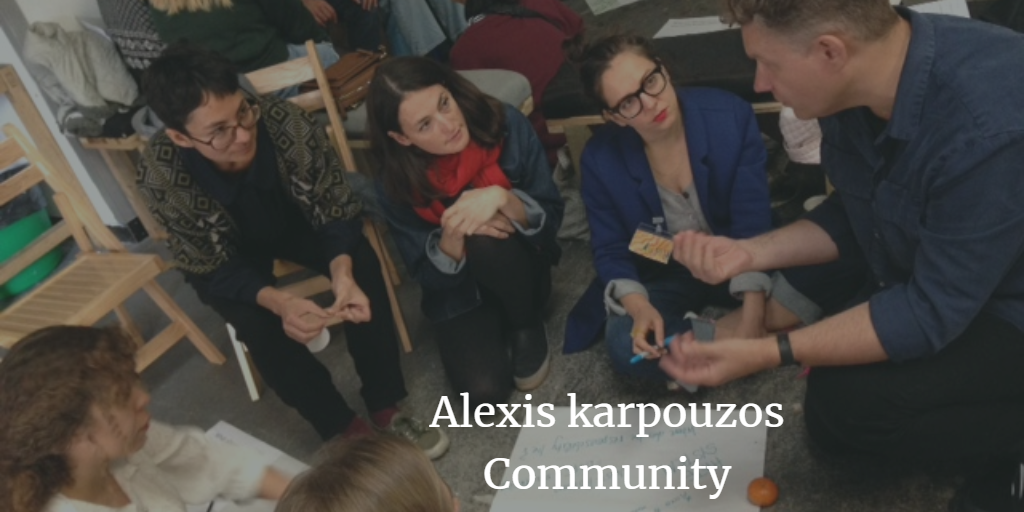Sacred and profane in Mircea Eliade's theory - Alexis karpouzos

In Mircea Eliade’s thought, religion is seen as a universal and fundamental aspect of human existence, characterized by the experience of the sacred and the profane. Eliade believed that religion originates from an irreducible experience of the sacred, which is common to most human beings. This experience seeks outward cultural expression in myths and rituals. He emphasized that religious phenomena must be understood as uniquely and irreducibly religious, expressing meaning on a religious plane of reference.
Eliade’s understanding of religion includes the idea that religiousness and creativity are major human attributes that produce myths, rites, images, and symbols—collectively referred to as “religious creations”—that convey human experiences and carry worlds of meaning. His work suggests that without some experience of the sacred, profane existence is seen as meaningless, and he identified this basic schema in all religions. Overall, Eliade’s view of religion is deeply intertwined with his concept of the sacred, and he saw religion as a key to understanding the human condition and the search for meaning.
In Mircea Eliade’s thought, the concept of “the sacred” is central to understanding religion and spirituality. Eliade proposes that the sacred is a divine creative force experienced through hierophanies—manifestations of the sacred within human life, such as through ritual, visions, or contact with sacred objects like stones or trees. He describes a duality of time and space: sacred and profane. The profane consists of everyday, ordinary life, while the sacred is existential, containing the essence or reasons and purposes of things. Eliade’s work suggests that religion originates from an irreducible experience of the sacred, which seeks outward expression in myths and rituals. His ideas on sacred time and space, and the role they play in human thought and practice, have been influential in the study of religions.
Mircea Eliade’s exploration of religious symbolism is a cornerstone of his scholarly work. He believed that religious symbols are not arbitrary or random; they are deeply rooted in the human experience and represent universal, coherent systems of meaning. Eliade argued that religious language, filled with symbols, always points beyond itself to transcendent sacred meanings.
Eliade’s approach to religious symbolism was phenomenological, meaning he studied these symbols within their own context, respecting their intrinsic value and meaning. He emphasized the dichotomy between the sacred and the profane, suggesting that religious symbols help bridge this gap by providing a means for the sacred to be understood and experienced in the mundane world.
In his writings, Eliade often focused on how symbols and myths serve as a mode of thought that predates logical reasoning and remains an essential function of human consciousness. He saw symbols as integral to the psyche, shaping not only religious but also cultural and personal identities.
Eliade’s insights into religious symbolism have had a profound impact on the study of religion, offering a framework for understanding the complex ways in which the sacred is manifested and experienced across different cultures and religious traditions.
Mircea Eliade, introduced the concept of ‘Hierophany’ to describe the manifestation of the sacred in the ordinary world. This term, broader than ‘Theophany, ’ which refers to the appearance of a god, encompasses all forms of the sacred’s presence in various world religions.
Eliade’s work emphasizes a clear distinction between the sacred and the profane. He posits that traditional societies perceive the sacred as reality’s foundation, giving meaning, direction, and purpose to existence. Hierophanies serve as breakthroughs of the sacred into the mundane, offering ideal models for humanity to emulate.
In his seminal works, such as “The Sacred and the Profane, ” Eliade explores how hierophanies establish the sacred models that all aspects of life should imitate to acquire true reality. These sacred events or entities become the benchmarks against which all actions are measured, and through which individuals and communities understand their place in the cosmos.
Eliade’s insights into Hierophany and Theophany have significantly influenced the study of comparative religion, providing a framework for understanding the universal human experience of the sacred. His theories suggest that the sacred’s manifestation is not just a religious phenomenon but a fundamental aspect of human consciousness and culture.
In conclusion, Eliade’s concepts of Hierophany and Theophany invite us to consider the profound impact of the sacred on human life. They challenge us to recognize the transcendent dimensions of our existence and the ways in which the sacred shapes our understanding of the world. Mircea Eliade’s work on religious symbolism is extensive, and he analyzed a wide array of symbols across various cultures and religions. Here are a few examples:
The Cosmic Tree — Eliade often referred to the cosmic tree as a central axis (axis mundi), connecting the heavens, earth, and underworld. It represents life, growth, and regeneration.
The Sacred Stone — He explored the symbolism of stones as representing the real, the durable, and often the sacred or divine presence in the world.
Water — Eliade saw water as a symbol of purification, regeneration, and birth. He discussed how different cultures view water as a primordial element and a source of life.
The Circle and the Center — The circle was seen as a symbol of perfection and eternity, with the center often representing the sacred space where communication with the divine is possible.
These symbols are not just static images but are imbued with deep meaning and are part of a larger narrative that connects humans to the transcendent and the eternal. Eliade’s analysis of these symbols helps us understand the profound impact they have on religious thought and practice.
